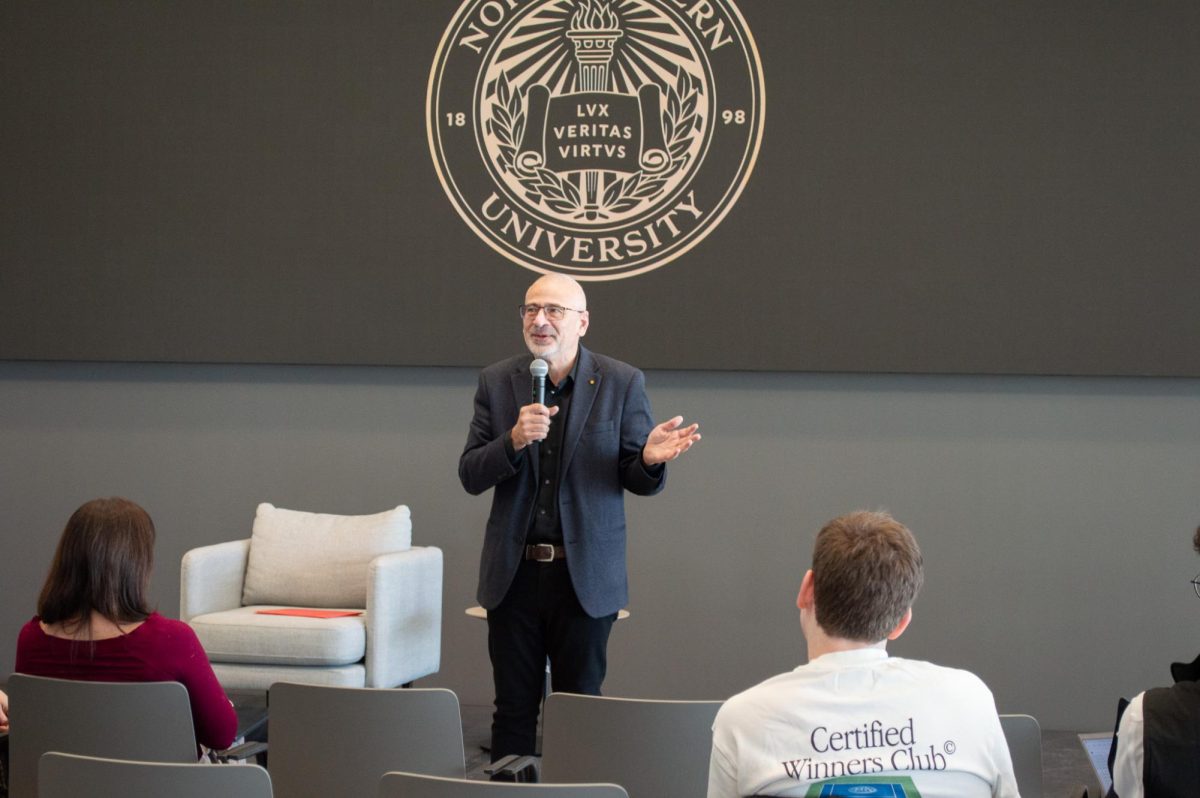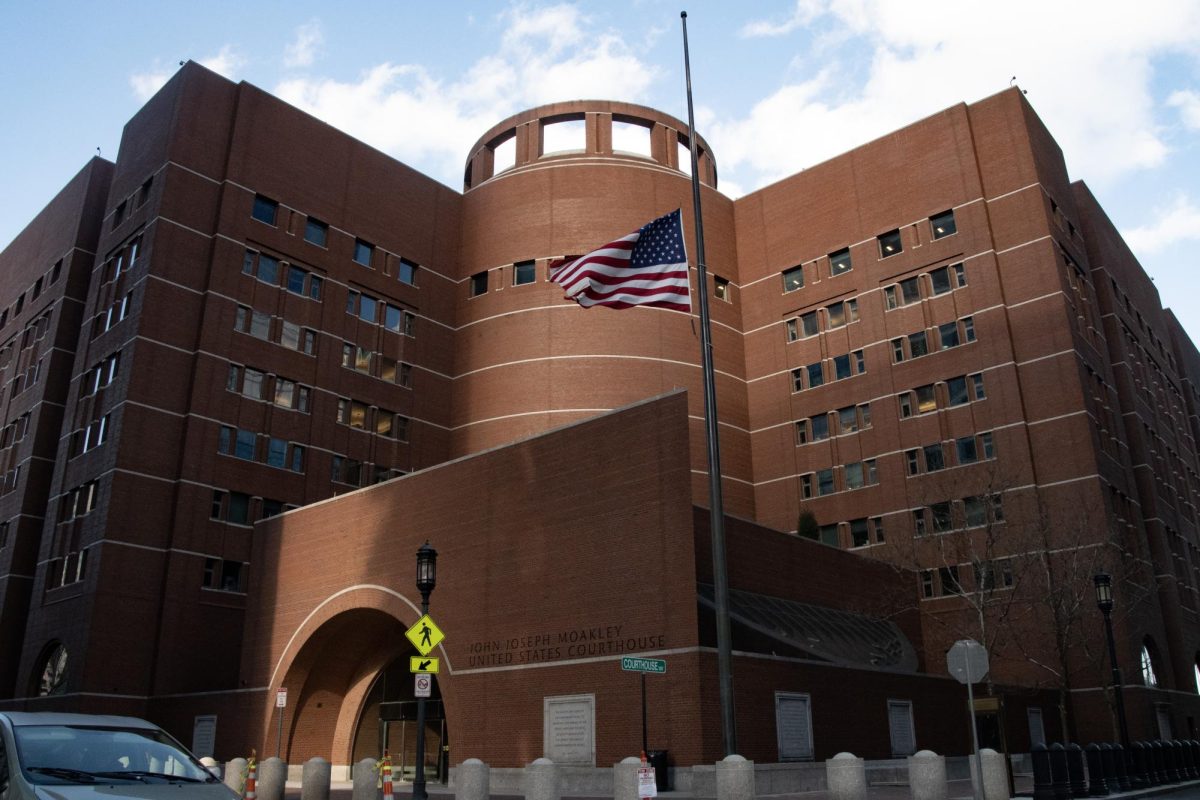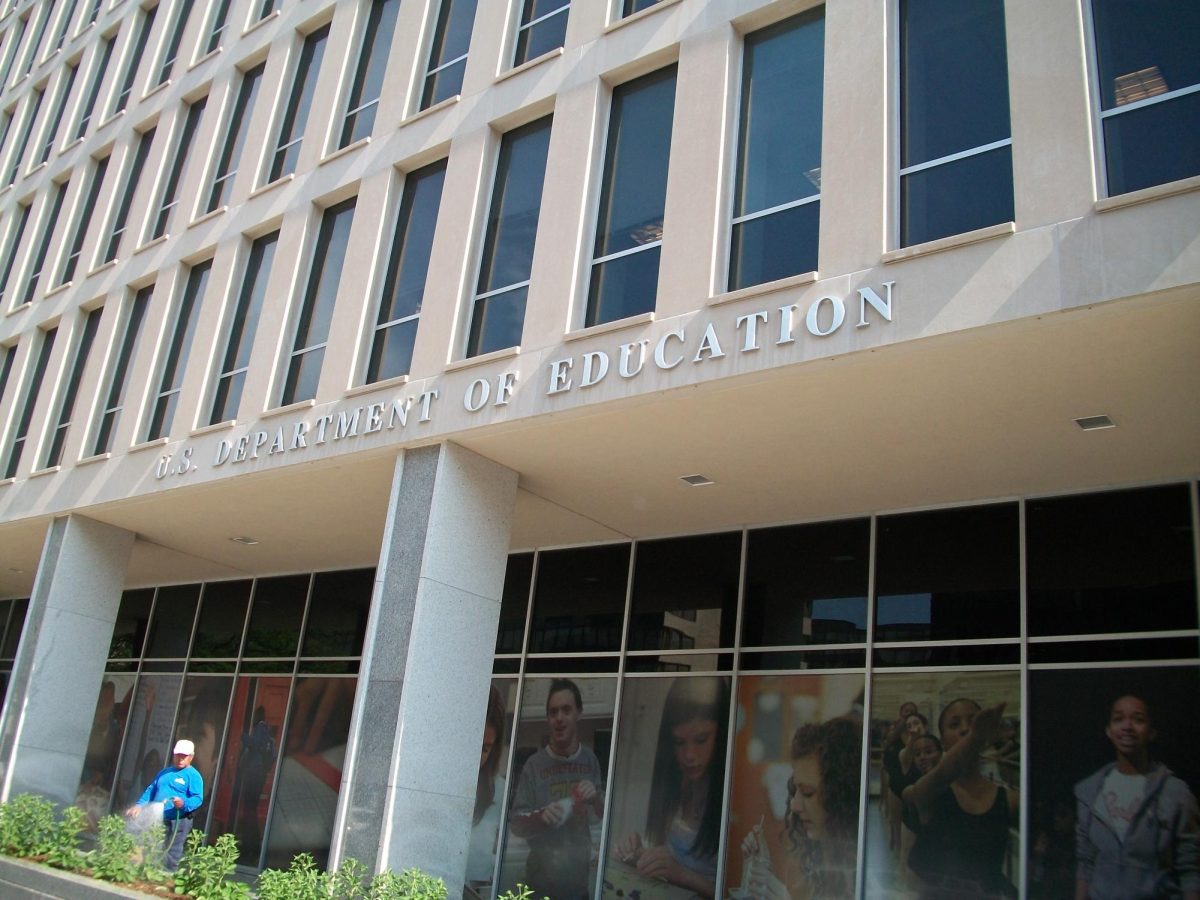By Jennifer Nelson
Northeastern may have failed to make US News’ “Top 100” list this year, but it did rank on four lists in The Princeton Review’s “Best 357 Colleges.” However, President Richard Freeland said three of the four rankings are nothing to be celebrated.
While Northeastern ranked 13th in “Best College Towns,” it also placed 13th in “Students Dissatisfied with Financial Aid,” 10th in “Long Lines and Red Tape” and 18th in “Professors Make Themselves Scarce.”
“[We are] not happy to have that reputation in The Princeton Review,” President Freeland said.
The rankings are almost entirely based on a 70-question student opinion survey, said Senior Editor Erik Olson. This year’s rankings were the results of over 110,000 submitted surveys.
The survey is broken down into four parts, Olson said, including questions about themselves, academics and administration, fellow students and attitudes and life on campus.
The Princeton Review, however, does not survey every college on a yearly basis, although the survey is available online throughout the year.
“For every school we will have some surveys from previous years online,” Olson said. “However, we target only a third of the colleges each year, about 125 schools.”
When The Princeton Review targets a school, Olson said, a mass e-mail is sent to students, encouraging them to take the survey.
“We do get new feedback every year,” Olson said, but added the targeted schools receive the most feedback for the rankings.
Northeastern, Olson said, has not been specifically targeted for surveys since the 2001-2002 academic year, meaning Northeastern is up for review this year.
Freeland said he is aware Northeastern isn’t surveyed every year and said he doesn’t take the rankings seriously.
“You have to take some of these things with a grain of salt,” he said.
Administration members, too, disagreed with the negative rankings, saying North-eastern has made great strides in both reducing red tape at the university and improving financial aid services.
“I’m shocked at the [ranking of] professors not being available,” said Vice President for Student Affairs Ed Klotzbier. “Anytime I walk into an academic building I see professors talking to students.”
Some students said they felt professors don’t necessarily have to be around for their students all the time.
“I asked around about what people thought about their professors,” said freshman music industry major Bailey Boykan. “My father told me a lot of classes are taught by TA’s [teaching assistants] and that they connect better with the students. As long as the teachers are adequate it will be fine.”
Administration in Student Financial Services disagreed with the negative financial aid ranking, as well, and said strides have been made to make financial aid better for all students.
Dean of Student Financial Services Seamus Harreys said many changes have been made which, he said, should change the rankings when Northeastern is reevaluated this academic year.
The average financial aid package for students was about $17,000, Harreys said, a number which has risen each year and is expected to continue to rise, despite federal and state aid cuts.
“The state has cut half of its aid over the last four years,” he said, “and Northeastern has been making up the difference. I think we’ve done well, but I don’t think we’re finished.”
Students said although the rankings portrayed Northeastern in a negative light, rankings weren’t the reason they chose to attend Northeastern.
“Rankings really didn’t affect my decision,” said freshman marine biology major Kate Richi. “I chose this school because of the co-op program, that’s what really attracted me.”
Despite three negative rankings, Northeastern did rank on the review’s “Best College Towns,” along with Suffolk University, Emerson College, Simmons College, Boston College and Boston University.
“This is a great town for young people to study in,” Klotzbier said.









